Finishing
Washing
One of the most common finishing treatments for linen fabric is washing. Linen fabric is typically washed to remove any dirt, oil, or sizing that may be present on the fabric after weaving. Washing improves the fabric’s texture, making it softer and more pliable.
After the dyeing process is complete, the fabric is washed to remove any excess dye and chemicals. This washing process typically involves rinsing the fabric with cold water and then washing it with a mild detergent.
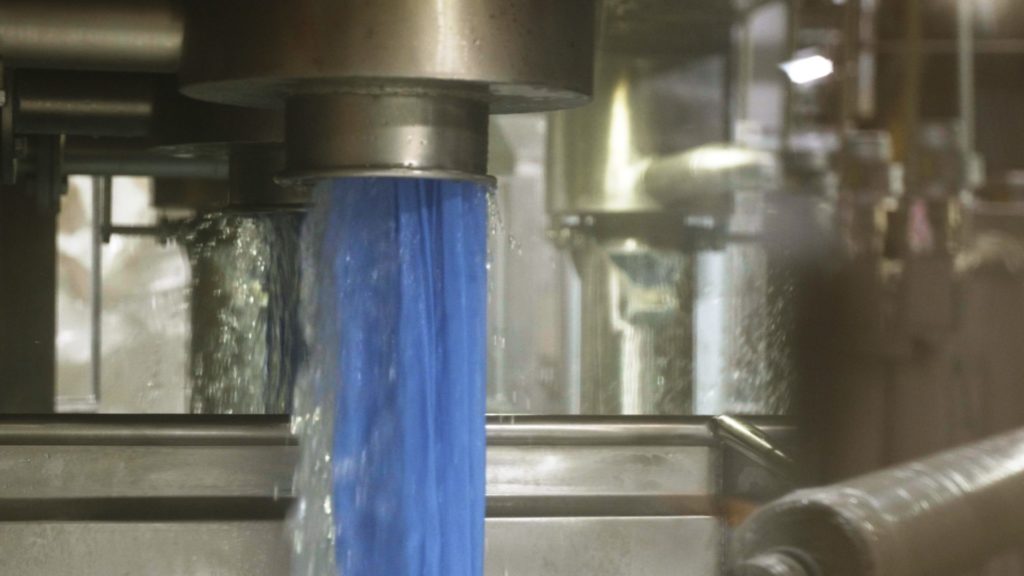
Bleaching

Linen bleaching is the process of whitening linen fabric to achieve an optical white or off-white color. This process involves treating the fabric with chemicals, such as hydrogen peroxide. The chemicals react with the natural fibers in the linen, breaking down impurities and removing any yellowing or discoloration.
Optical white is a bright, pure white color that is achieved through the use of optical brighteners. These are chemicals that absorb ultraviolet light and emit blue light, making fabrics appear whiter and brighter. Off-white, on the other hand, is a more natural shade of white that may have a slight yellow or beige tint.
Fabrics dyeing
Cold pad batch dyeing (CPB) is a dyeing method that involves the use of cold water to dye natural fibers such as linen. The process is energy-efficient and requires fewer chemicals compared to traditional hot water dyeing methods.
We also do hot dyeing for fabrics. The linen fabric is first pre-treated to remove any impurities or sizing agents that may affect the dyeing process. After the dyeing process is complete, the fabric or yarn is rinsed and washed to remove any excess dye or chemicals.
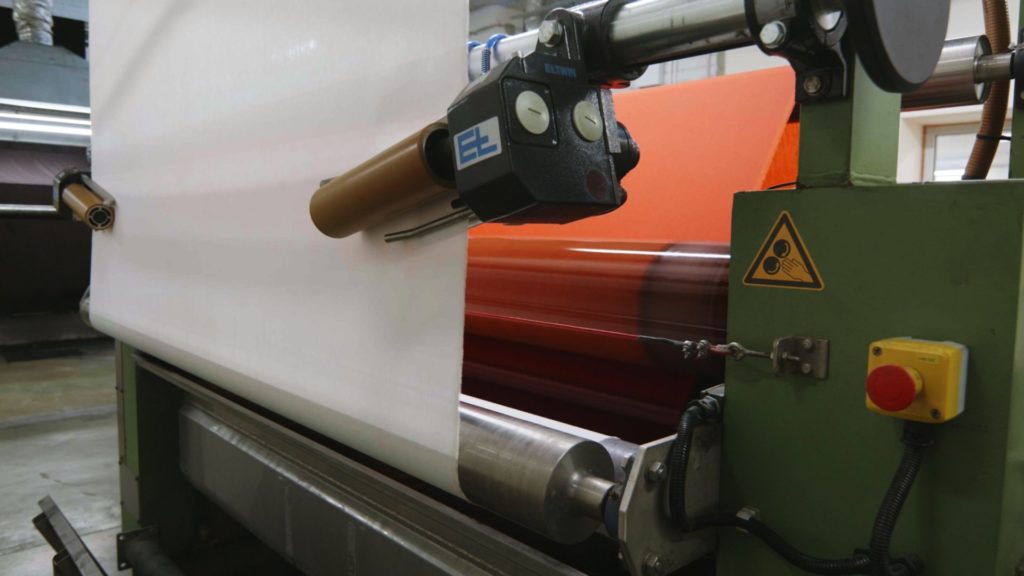
Mechanical and chemical softening
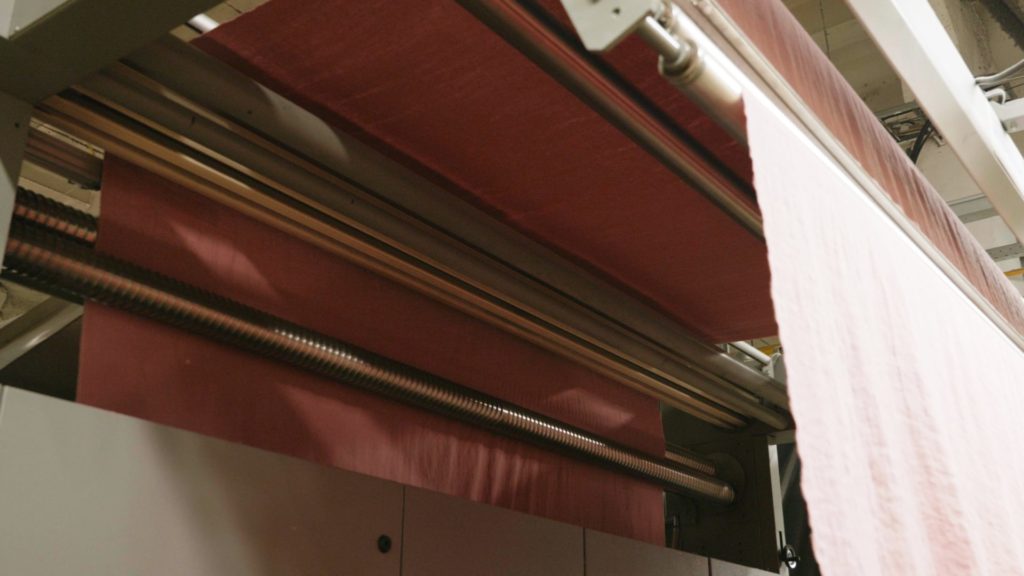
Softening is a finishing treatment used to make the linen fabric feel softer and more comfortable against the skin. Softening can be achieved through a variety of methods, including mechanical treatments, chemical treatments, or a combination of both. Mechanical treatments involve physically manipulating the fabric to soften it, while chemical treatments involve adding softening agents to the fabric.
Softening is an important step in linen production because it makes the fabric more appealing to consumers. Softened linen is less stiff and scratchy than untreated linen, which can make it more comfortable to wear. Softening can also improve the drape of the fabric, making it more fluid and easier to work with.
Special treatments
Linen fabric can be padded with various chemicals depending on the intended application. Right now we can offer hydrophobic and antibacterial effects on fabrics’ surfaces.
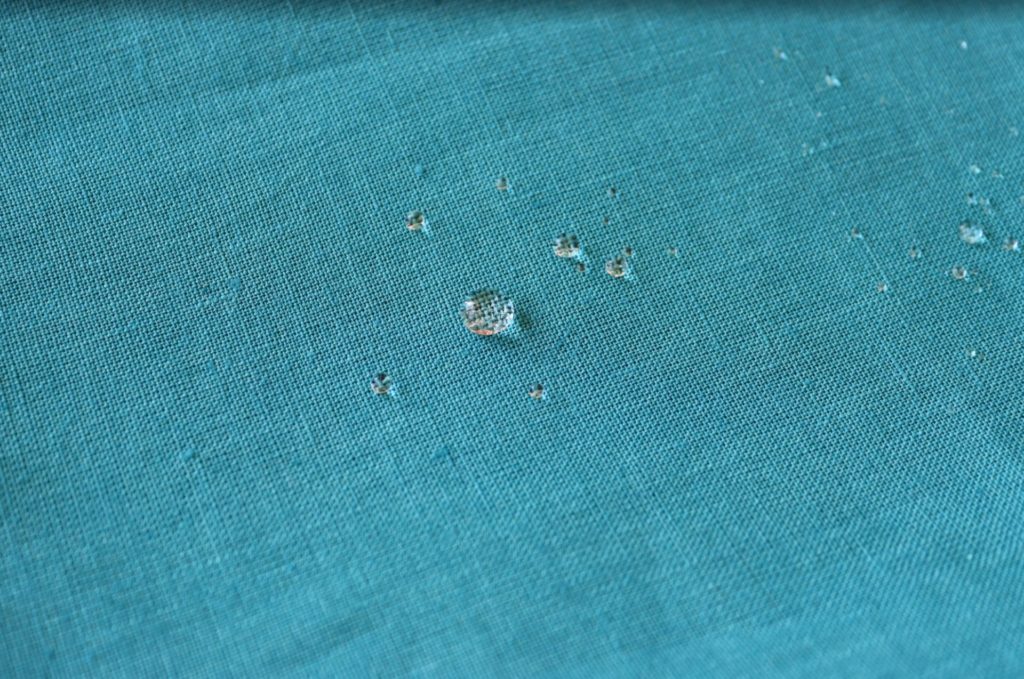
Dyeing yarn and yarn space dyeing

Linen yarn dyeing can be done on a small scale, or on a larger scale for mass-produced textiles. It is an important step in the textile manufacturing process, allowing for a wide variety of colors and patterns to be created
Yarn space dyeing is a technique used in the textile industry to add color and pattern variation to yarn. Unlike traditional dyeing, where the entire skein of yarn is immersed in a single color, space dyeing involves applying multiple colors to different areas of the yarn, creating unique and unpredictable color patterns.
Digital printing
Digital printing is a modern printing technique that involves using digital files to directly print onto the fabric surface, as opposed to traditional methods such as screen printing or block printing. This technique allows for greater flexibility in design and customization, as well as faster turnaround times and lower costs for smaller production runs.
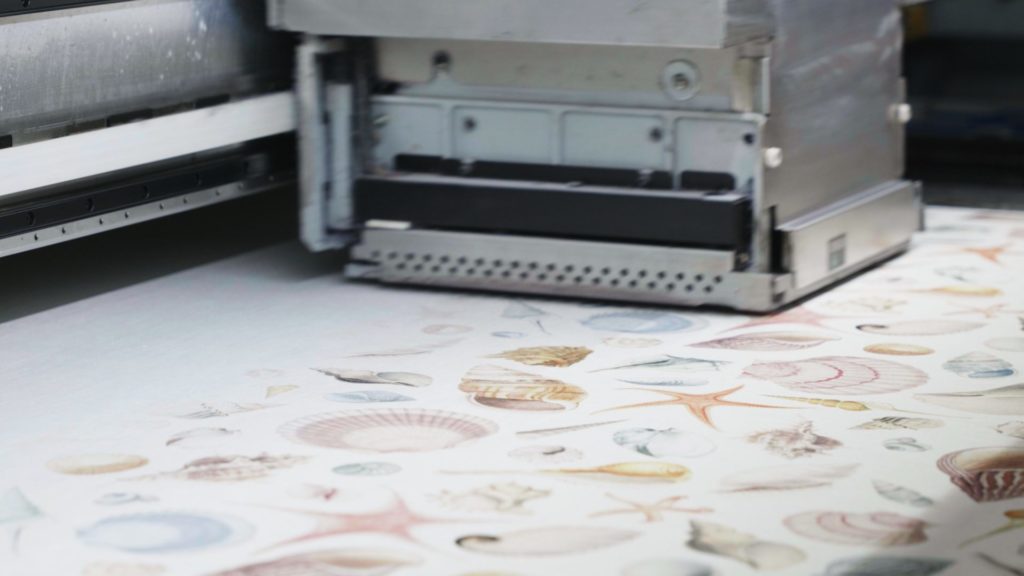
Industrial garment dyeing and washing
Industrial linen garment dyeing and washing is a process that involves several steps to achieve the desired color and finish of the linen fabric. The machines agitate the garments and the dye solution, ensuring that the color is evenly distributed throughout the fabric.
Once the dyeing process is complete, the garments are washed to remove any excess dye that has not been absorbed by the fabric. This helps to prevent bleeding or fading of the color over time. The garments are then tumble dried to improve their softness and texture.
